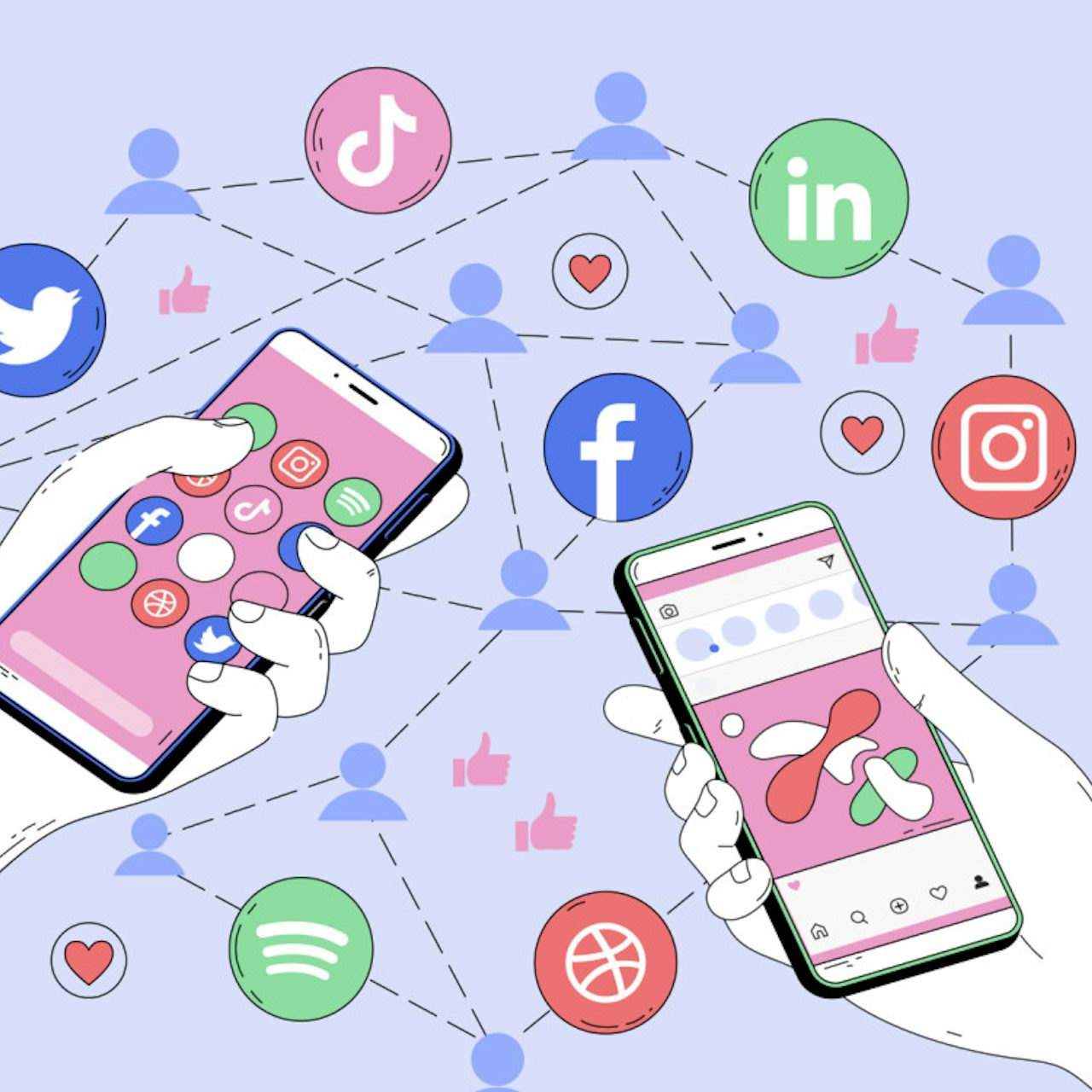Using Technology to Communicate with Students and Parents
Each day technology is developing rapidly in the world and United States. Each year a new phone or computer comes out, which is better than the last. New apps are being published rapidly for anyone to purchase. People are posting on social media daily, worldwide. These are all simple examples of how technology is developing. With the growth, there are many positives, but also negatives. Technology and media can provide wonderful opportunities, but can also be a danger to humanity. As educators it is crucial to be aware of the strengths and weaknesses in technology in order to utilize it effectively for communication in the classroom.
Cell phones have provided an opportunity for people to communicate from far distances at any time which is an amazing privilege. However, cell phones can limit the personal contact and communication of an individual by providing the easy option of a call, text, email, etc. Technology can take away from the gift of being in person with someone. It can limit interpersonal skill development through overuse. In John, the apostle states, "I would rather not use paper and ink. Instead, I hope to come to you and talk face to face, so that our joy may be complete". This is an example of a time where communication was either face-to-face, or through written words, yet joy was more prevalent when speaking in person. The apostle is showing the importance of connection face-to-face.
As Christian Educators, we must be aware that communication through technology can be more easily misunderstood, provide an answer without critical thinking, deplete social skills, limit personal connection, etc. However, communication through technology can be beneficial in providing a form of immediate contact between student, parent, and teacher. It can also provide an opportunity to connect with someone who is distant. Emails, texts, and calls give educators an easier form of contact with guardians and parents. With this being said, it is important to recognize the strengths and weaknesses; and know how to use technology in a healthy manner. I believe it is important to apply John's philosophy and make opportunities for "face-to-face" communication with families in order to build a better connections and community. For instance, an article on "Better Up" states, "seeing one another allows us to pick up on nonverbal cues and body language" which will help social interactions be more effective and positive.
Effective forms of technological communication with families and parents can consist of checking in with a grade update for their student through email. It is also important to incorporate phone calls to parents in order to inform them of strengths and weaknesses their student may be exhibiting within the classroom. However, technology should be used in moderation and can not take the place of in-person interaction. With this being said, we can incorporate more parent-teacher meeting opportunities and be a light of Christ to the families we encounter.

Hi Sarah, thank you for clearly delineating the pros and cons of using technology for communication with parents and students. As an educator, I have found the use of technology most useful during the pandemic where students could contact me to ask for help when we had to learn from home. In the years of teaching, I've always had been in schools where we would only put one or two weeks aside for learning about how to learn from home; we call it "Home-based Learning". However, with covid-19 in the past three years, using technology to connect and teach our students has been one of the most important use in my personal experience. Having the affordance of technology allows us to think more deeply about the quality of our face-to-face meetings. With the necessary information dispensed using online means, the time spent on in-person conversations would probably focus on deeper level discussions, and educators will still need to practice the art of conversations with parents. Besides talking about what's already in the report card, we'd need to watch parents' reactions closely, hear their concerns with an empathetic stance, and speak into their hearts in order to build rapport with them (agreeing with your point about picking up non-verbal cues).
ReplyDeleteSarah, I share a very similar perspective to you when it comes to digital communication. Often when we talk about communication through a screen, we compare it to face to face interaction like they are comparable means of communication. I think otherwise. I would go as far as to say that digital communication is a different form of communication all together. In philosophy some years ago we talked about what makes speaking or "making sounds and gestures" initiate forms of emotion, empathy and understanding, because that's all that talking is: waving hands, making sounds, etc. The conclusion we, as well as the philosophers before us, came to was that when you are in person, you can almost feel or read the other persons emotions, empathy, or feelings outside of what they are saying. Like when someone is saying something and you know it isn't the truth or you have a "hunch" something is bothering them. My point in saying this is, when you're not in person, there is none of this. You are restricted to analyzing the text that lies in front of you, and even if you have some level of "communication" through this, I don't believe it counts as talking or communicating at all.
ReplyDelete